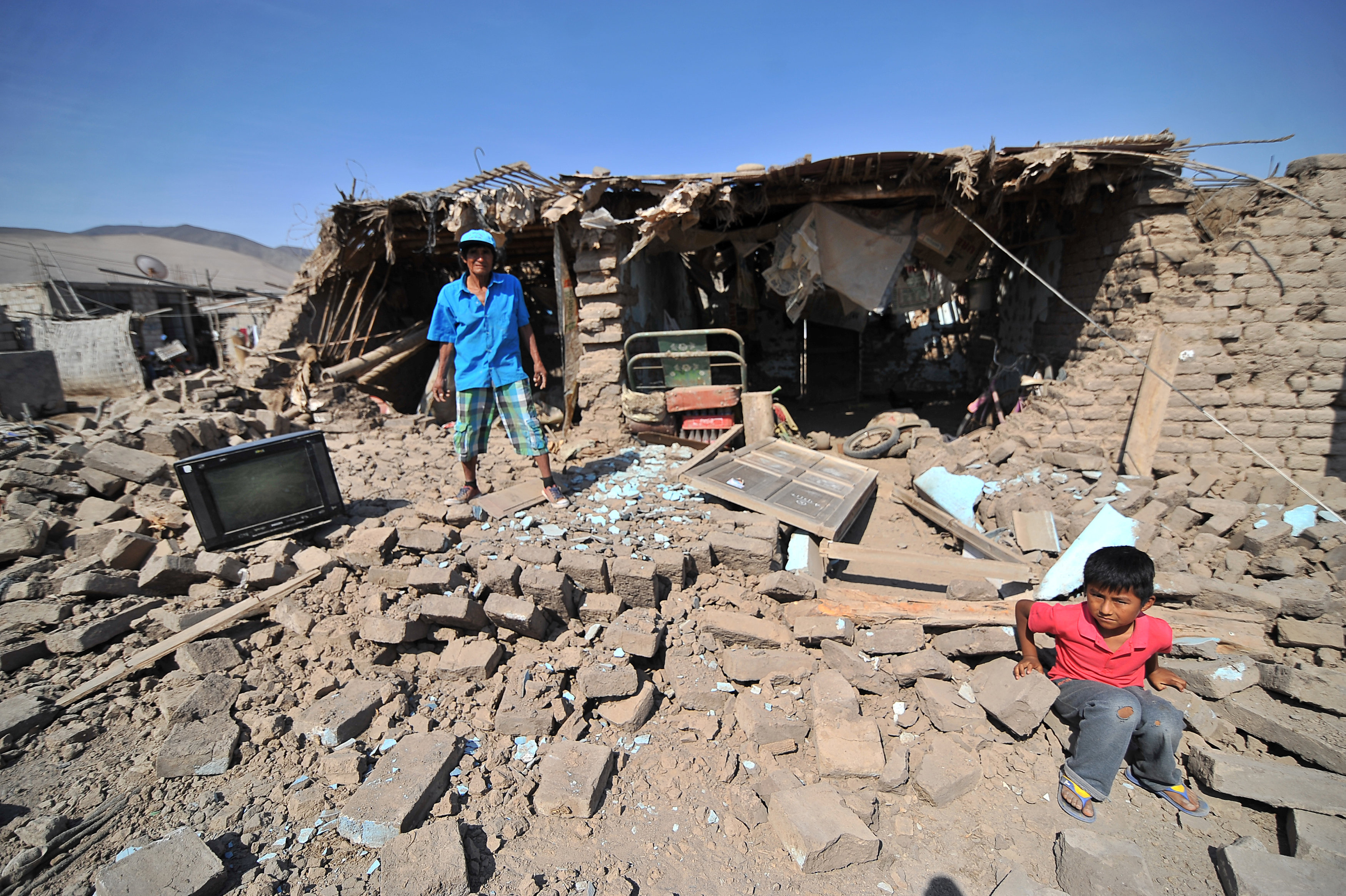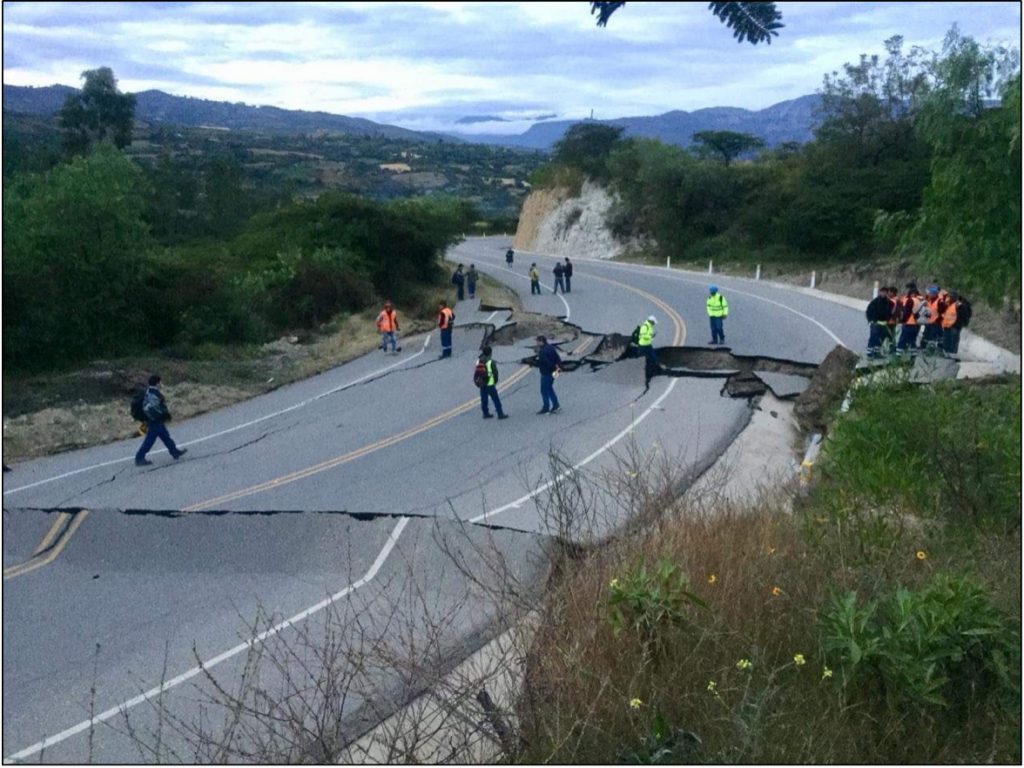Recent Seismic Activity
Peru earthquake today – On June 25, 2023, a strong earthquake struck the northern Peruvian Amazon, with a magnitude of 7.5. The epicenter was located approximately 95 kilometers (59 miles) east of the city of Yurimaguas, in the region of Loreto. The earthquake was felt throughout much of northern Peru, including the cities of Iquitos and Tarapoto.
The earth’s tremors in Peru today remind us of the fragility of our world. As we send prayers to those affected, our thoughts also turn to the thrilling clash of titans on the soccer field: d.c. united vs ny red bulls.
May their rivalry mirror the resilience of those standing strong amidst the ruins.
Impact, Peru earthquake today
The earthquake caused significant damage to buildings and infrastructure in the affected areas. Several buildings collapsed, including a school and a hospital. Roads and bridges were also damaged, making it difficult for emergency responders to reach the affected areas.
In the aftermath of the devastating earthquake that struck Peru today, the world watched in awe as the resilience of the human spirit shone through. Amidst the rubble and despair, stories of hope and determination emerged. Just as the resilience of the Peruvian people inspired the world, so too did the thrilling match between the Dodgers and Giants.
The dodgers vs giants rivalry reached new heights, reminding us that even in the face of adversity, the human spirit can triumph.
Aftershocks
Following the main earthquake, there have been several aftershocks, including one with a magnitude of 5.5 that occurred on June 26. The aftershocks have continued to cause damage and disrupt relief efforts.
Ongoing Seismic Activity
The region where the earthquake occurred is known for its seismic activity. There have been several other earthquakes in the area in recent years, including a magnitude 6.5 earthquake in 2019 and a magnitude 7.0 earthquake in 2016.
Impact and Response: Peru Earthquake Today

The earthquake caused significant damage to infrastructure, buildings, and cultural heritage sites. Numerous roads and bridges were damaged, hindering transportation and access to affected areas. Buildings collapsed or sustained severe damage, leaving many people homeless. Several historical landmarks and cultural heritage sites, including churches and archaeological sites, were also affected.
Emergency Response
Emergency response efforts were swiftly deployed to assist those affected by the earthquake. Search and rescue teams were dispatched to locate and rescue survivors trapped under collapsed structures. Medical assistance was provided to the injured, and temporary shelters were established to house displaced individuals. The government and humanitarian organizations collaborated to coordinate relief efforts and provide essential supplies to affected communities.
Casualties and Displacement
As of the latest reports, the earthquake has claimed [number] lives and injured [number] individuals. Thousands of people have been displaced from their homes due to the damage caused by the earthquake. The authorities are working to provide shelter and support to those who have lost their homes and livelihoods.
Geological and Scientific Analysis

The earthquake that struck Peru was a result of the complex geological processes that shape the region. The country lies at the convergence boundary of the Nazca and South American tectonic plates, where the Nazca Plate is subducting beneath the South American Plate. As the Nazca Plate moves beneath the South American Plate, it melts and rises to the surface, forming volcanoes. The movement of the plates also creates stress along fault lines, which can lead to earthquakes.
Tectonic Plate Interactions
The Nazca Plate is moving eastward at a rate of about 8 centimeters per year. As it moves, it collides with the South American Plate, which is moving westward. The collision causes the Nazca Plate to bend and subduct beneath the South American Plate. The subduction process creates friction, which heats the rocks and causes them to melt. The molten rock rises to the surface and forms volcanoes.
Fault Lines
The collision between the Nazca and South American plates has also created a number of fault lines in Peru. These fault lines are zones of weakness in the Earth’s crust where earthquakes can occur. The most active fault line in Peru is the Nazca Fault, which runs along the coast of the country. The Nazca Fault is responsible for some of the largest earthquakes in Peru’s history, including the 1970 Ancash earthquake, which killed more than 70,000 people.
Scientific Research
Scientists are conducting a variety of research projects to understand the causes and effects of earthquakes in Peru. One area of research is focused on understanding the movement of the Nazca and South American plates. Scientists are using GPS and other technologies to measure the movement of the plates and to identify areas where stress is building up. This information can be used to forecast earthquakes and to develop early warning systems.
Another area of research is focused on understanding the behavior of fault lines. Scientists are using a variety of techniques, including seismic tomography and paleoseismology, to study fault lines and to identify areas where earthquakes are likely to occur. This information can be used to develop building codes and other measures to reduce the risk of earthquake damage.
Potential for Future Seismic Events
The potential for future seismic events in Peru is high. The country is located in a seismically active region, and it has a long history of earthquakes. Scientists believe that a major earthquake could occur in Peru at any time.
There are a number of steps that can be taken to reduce the risk of earthquake damage in Peru. These steps include:
* Building earthquake-resistant structures
* Enforcing building codes
* Developing early warning systems
* Educating the public about earthquake preparedness
By taking these steps, Peru can reduce the risk of earthquake damage and save lives.